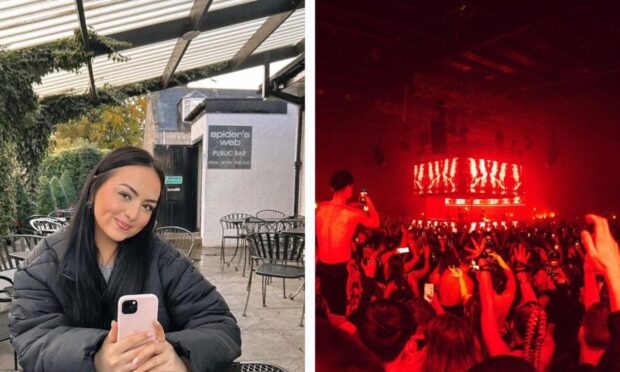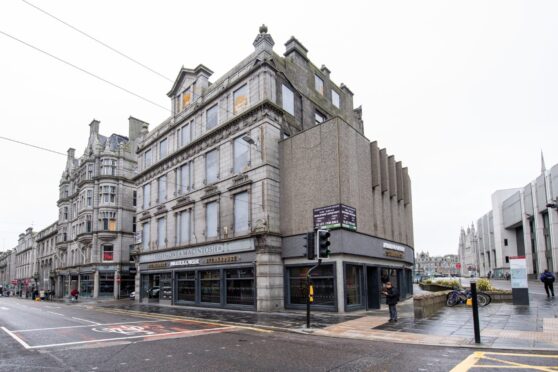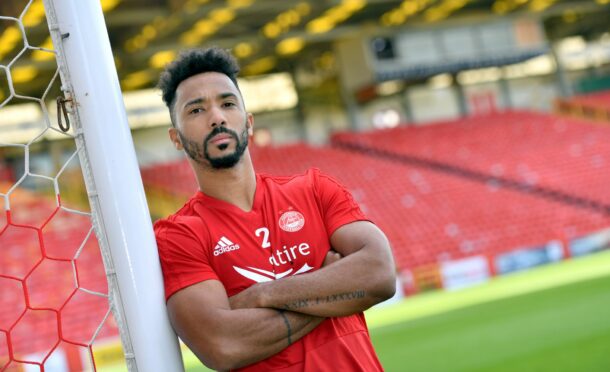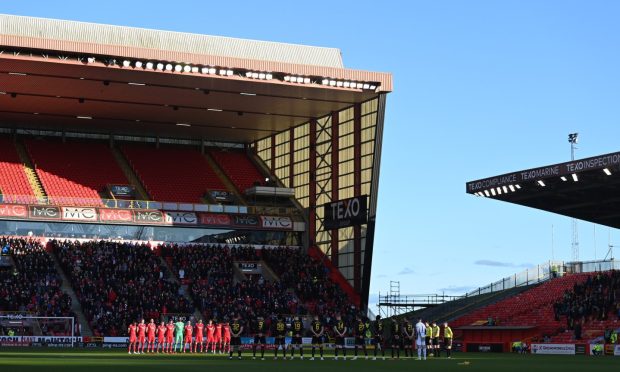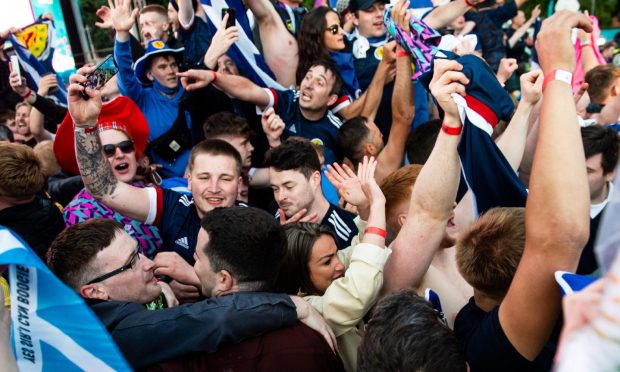On this day 75 years ago, the Gordon Highlanders landed on the beaches of Normandy, faced with the most gruelling military campaign of their lives.
It was the largest seaborne invasion of its kind as allied forces marched onto the beaches of Northern France – this was D-Day. Operation Overlord would mark the beginning of the liberation of Europe from Nazi control, and above all, culminate in the Allied victory in May 1945.
Shortly after midnight on June 6, 24,000 British, American and Canadian troops arrived by air. At daybreak, over 160,000 troops landed on five beaches, stretching across a 50-mile front. The landings were successful, but cost a lot in men and materials.
Representing the Gordon Highlanders was the 51st Highland Division, made up of the 1st and 5th/7th Battalions. They landed on Juno Beach and were unopposed, but the battalion lost its first casualty early on. This was Private John Rowe, from Lisnaskea, Northern Ireland. He was swept under a nearby vessel and drowned.
The 2nd Battalion arrived on June 20, suffering heavy losses at the River Odon.
Surprisingly, the Allies failed to achieve many of their goals on the first day. Many towns, including Bayeux, remained under German control. They did not capture Caen until 21 July, where the 51st Highland Division were crucial in defeating German resistance in the east of the city. Only two of the beaches (Juno and Gold) were linked on the first day.
Nevertheless, the Gordon Highlanders soldiered on. They played a key role in defeating German troops who would otherwise have been fighting in Caen or further west.
Ruth Duncan, the curator of the Gordon Highlanders museum in Aberdeen, said: “The combined allied landings on D-Day are remembered as being among the most dramatic military operations in history and it is very important that the anniversary of these landings be marked.
“The 75th anniversary is all the more special because it gives us the opportunity to remember what others gave for us and to say thank you to the group of people who were there at the time for their bravery on the beaches all those years ago.”
Thank you to the Gordon Highlanders Museum in the production of the videos.

